red Ink, signed bottom right, dated 1916,
dim:22 x 27 cm
(good condition, small missing top left, romanian painterNicolae Tonitza (wikipedia)
Nicolae Tonitza ; April 13, 1886 – February 27, 1940) was a Romanian painter, engraver, lithographer, journalist and art critic. Drawing inspiration from Post-impressionism and Expressionism,[1] he had a major role in introducing modernist guidelines to local art.
Born in Bârlad, he left his home town in 1902 in order to attend the Iaşi National School of Fine Arts, where he had among his teachers Gheorghe Popovici and Emanoil Bardasare.[2] The following year he visited Italy together with University of Bucharest students of archeology under the direction of Grigore Tocilescu.[2] During that period, together with some of his fellow students, Tonitza painted the walls of Grozeşti church.[2]
In 1908 he left for Munich, where he attended the Royal Academy of Fine Arts; he began publishing political cartoons in Furnica, and contributing art criticism articles to Arta Română. Tonitza spent the following three years in Paris, where he visited artists' studios, and studied famous paintings.[2] Although the young artist's creation would initially conform to the prevalent style, his gift for colour and his personal touch would eventually lead him towards experiment.[3] Throughout his life, he remained committed to the Munich School,[4] hailing its innovative style over the supposedly "obscure imitators of Matisse".[5]
After his return, Tonitza painted frescos in several churches of Moldavia and worked as an art teacher, and then, together with Cezar Petrescu, as editor of Iaşul newspaper.[6] He married Ecaterina Climescu in 1913.[2] The art collector Krikor Zambaccian, whom Tonitza befriended after 1925, indicated that, during its existence, Iaşul sided with the Conservative Party, opposing Romania's entry into World War I.[4]
In 1916, after Romania entered the conflict, Tonitza was drafted into the Army and fell prisoner to the Bulgarians during the Battle of Turtucaia. Interned, he became ill with malaria and rheumatism, which would plague him until his death.[7] He was set free and returned in 1918.[7]
During the 1920s, he was a member of the Arta Română group (alongside Gheorghe Petraşcu and others).[8] His commitment to social commentary is best perceivable in his graphic work, malitious and sometimes dramatical — he sketched for many contemporary, usually political and leftist, magazines: Socialismul (official voice of the short-lived Socialist Party of Romania), Adevărul, Flacăra, Hiena, Rampa, and Scarlat Callimachi's Clopotul —, and in his articles (including the ones in Viaţa Românească and Curentul), which mainly discussed cultural and social events.[9] He became close to the writer and activist Gala Galaction, whose book O lume nouă he illustrated in 1919, and whose portrait ("The Man of a New World") he painted one year later.[4] His first catalog, issued in 1920, was prefaced by the poet and art critic Tudor Arghezi.[4]
In 1921, Tonitza expanded his range, painting prototypes for a ceramics factory, and organizing a ceramics exhibition; the same year, he moved to Vălenii de Munte,[10] and decided to cease contributing to the press.[4] It was at the time that he developed on his characteristic style and themes, both of which, Zambaccian contended, were determined by
Later, he became the editor of the art magazine Artele Frumoase, and, in 1922, traveled to Transylvania, where he befriended Aurel Popp.[11] The same year, he took Camil Ressu's defense during a scandal involving the latter's design for a National Theater curtain, attacking the artistic guidelines advocated by the cultural establishment ("[Romania is] the country where scientist historians compose erotic pieces and embarrassing rhymes, [...] where intellectual women draw the gusty gestures of decrepit election agents, [...] where physicians push their rusty hypodermics into the unmentionable muscle tissues of artists as a means to draw up aesthetical logarithms").[5] In 1926, Tonitza, Oscar Han, Francisc Şirato, and Ştefan Dimitrescu, organized themselves as Grupul celor patru ("The Group of Four").[12] He met success in 1925, after opening a large exhibit of his Vălenii de Munte paintings in Bucharest, while raising controversy (including criticism from Ressu) over his "poster-like" style.[4]
Despite his fame, he continued to live an impoverished and hectic existence, which probably contributed to the decline of his health.[4] By 1931, he was dividing his time between Bucharest and Constanţa, having agreed to paint the walls of Saint George's Church in the latter city.[4] Tonitza was angered by the reception of his work in Constanţa, declaring himself insulted after he was made to showcase his designs in competition to lesser-known artists.[4] Eventually, he received the commission, and spent the next two years at work on the murals, while distancing himself from Grupul celor patru.[4] Upon Dimitrescu's death in 1933, Tonitza held his chair at the Fine Arts Academy in Iaşi.[13] A participant in several national exhibitions and World Fairs, he painted his last works around Balchik.
According to Zambaccian, Tonitza's early association with socialism was partly due to the interest taken in him by the leftist press, who was willing to reward his contributions at a time when "one could not live solely by painting".[4] The same source stated that the artist later refrained from expressing political opinions, and, on one occasion during the 1930s, jokingly referred to himself as "a supporter of Petre P. Carp"[5] (the Conservative leader had died in 1919). Nevertheless, he signed, alongside several other prominent cultural figures, an appeal to tighten cultural connections between Romania and the Soviet Union, leading to the creation of Societatea pentru întreţinerea raporturilor culturale dintre România şi Uniunea Sovietică (the Society for Maintaining Cultural Links between Romania and the Soviet Union) in May 1935 (see Amicii URSS).[14]
He fell severely ill in 1937,[15] and died three years later. He is buried at the Ghencea cemetery, in Bucharest.
Owing much to the art of his predecessor Ştefan Luchian,[16] Tonitza was largely inspired by



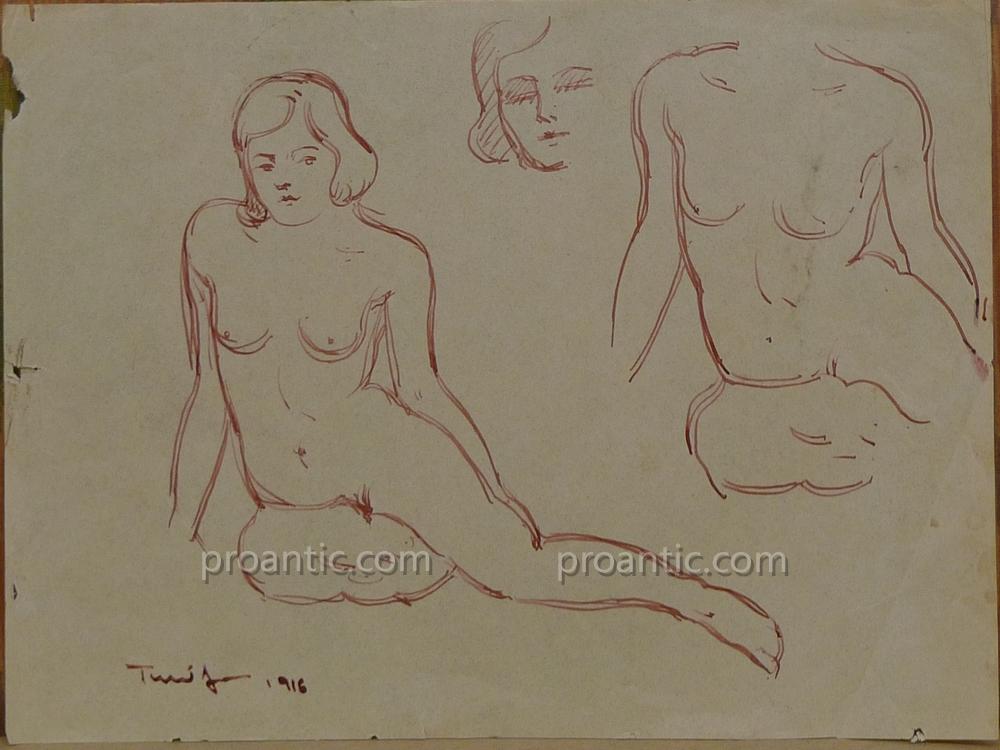





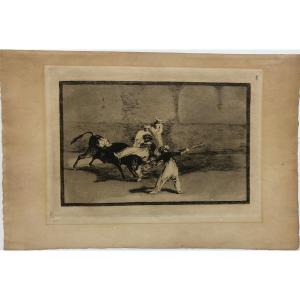
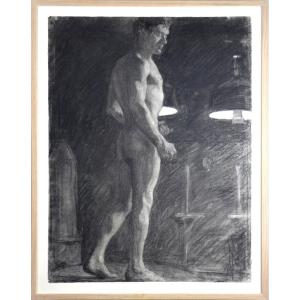

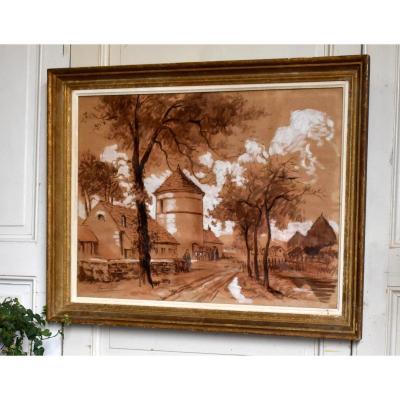
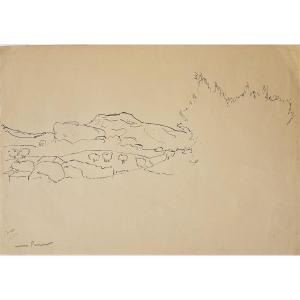
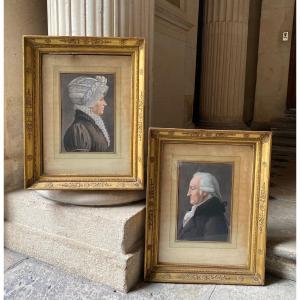




 Le Magazine de PROANTIC
Le Magazine de PROANTIC TRÉSORS Magazine
TRÉSORS Magazine Rivista Artiquariato
Rivista Artiquariato
